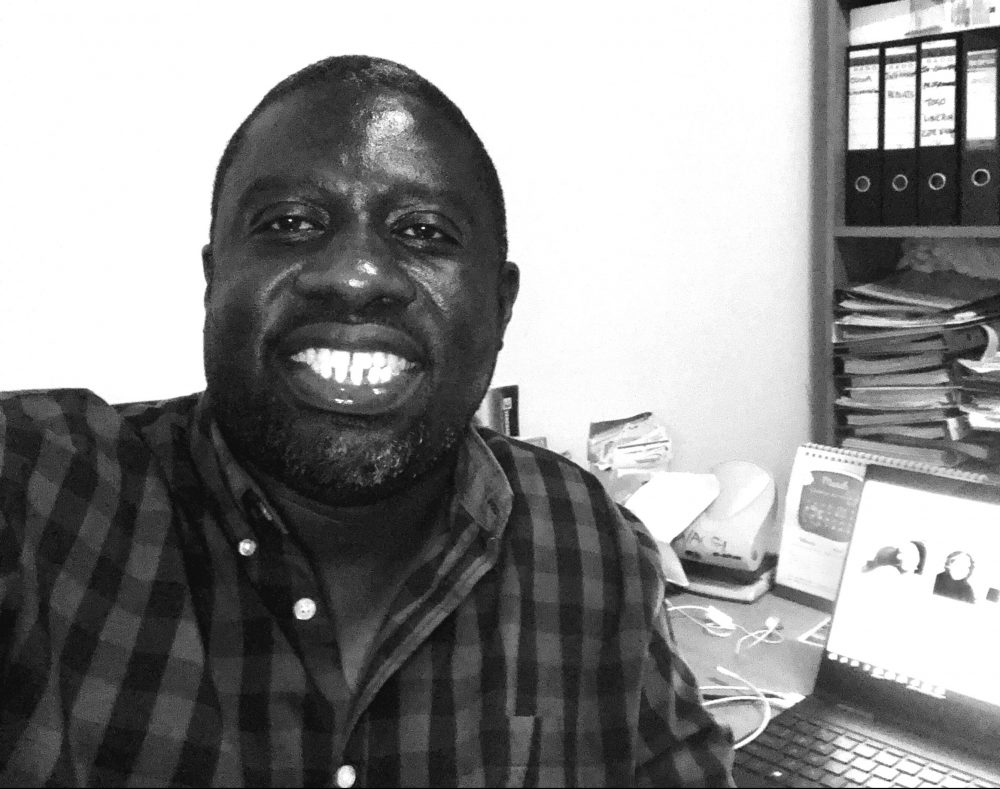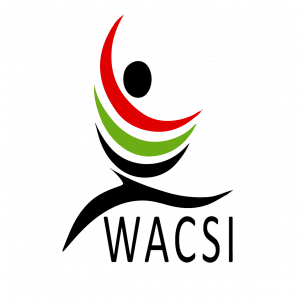When COVID-19 hit NORSAAC, an NGO working in Ghana, lost over 185,000 Cedis ($32,173 USD) from ActionAid Ghana and Tools for Self Reliance. It’s a substantial amount of donor income, which makes up a staggering 93% of their budget. Fortunately, since 2015 they’ve been piloting three alternative and innovative revenue models – a revolving fund, a village savings and loans associations (VSLA) scheme, and their NORSAAC Industrial Village (NiV), a subsidiary profit-making enterprise. Through the latter, which is believed to be the first of its kind, skills such as bead making and smock weaving are provided on a commercial basis. Although only making up the remaining 7% seven per cent of their income, these three models have surprisingly helped NORSAAC to weather the current pandemic, preventing them from being forced to furlough staff, while ensuring survival of the organisation.
As we confront coronavirus, the irreplaceable role of civil society cannot be underestimated. But in a survey conducted between 29 April and 15 May 2020 by AfricanNGOs and EPIC-Africa on the impact of COVID-19 on CSOs on the continent, more than half (55.69%) reported losing funding. About a staggering two-thirds (66.46%) expected to lose it in the next three to six months. There’s a silver lining here: while less money is available for development initiatives, this provides an opportunity for us to consider new forms of revenue. In fact, we’ve been having a conversation about this over the last decade, as donors have started reducing their financial support because of shifting priorities and some CSOs have moved to lower their donor dependence to improve and maintain financial sustainability. Civil society in Africa is now leading the way on finding and using different funding approaches to achieve this.
Kenya Community Development Foundation (KCDF) had watched the steady decline in official development assistance for India unlike Kenya that was receiving funds on an increasing basis around the time it was founded. Given the economic indicators, they knew that this trend would eventually catch up with Kenya. “We needed to have a head start in securing varied income sources not dependent on foreign aid trends and an endowment fund was one feasible model,” says KCDF programmes director Caesar Ngule. In 2002 they purchased a fund that invests in Kenya’s stock exchange. Through this they have some resources to implement innovations before pursuing bigger funding for scale-up. Today KCDF are receiving just over 75% of their funding from the global North but they are not as vulnerable as other organizations who are 100% reliant on it.
Some organizations are mixing their revenue streams. When Nathalie Dijkman set up SEMA, the We-Account Innovation Challenge winner of 2018, in east Africa, she knew that no funding model was truly sustainable. Donors can pull out suddenly, as has happened during the Trump administration, affecting USAID grants. But what about ownership? The moment someone or an entity pays for a service part of it becomes theirs, points out Nathalie. “Free services do not lead to a sense of ownership,” the CEO says. Therefore, if SEMA wanted to improve public services through citizen feedback, it needed to be the public services themselves that bought into it. SEMA, a social enterprise and for-profit entity explicitly set up to drive both a social impact while making a profit, currently relies on 30% public funds, 5% on private funds, and 65% on donor funds. It aims to annually increase the percentage for the first two so their donor dependency decreases. While creating local ownership for their services has been the biggest benefit of exploring an alternative funding model, the biggest challenge of using this for SEMA has been making users aware of its value. Non-conventional actors used to receiving a service for free or having someone else pay for it have had to be persuaded that it’s worth doing this, says Nathalie.
In West Africa in particular, COVID-19 has exposed CSOs’ over-dependence on external donors, a lack of sufficient reserves and a visibly weak technology infrastructure, according to research conducted by West Africa Civil Society Institute (WACSI) between July to September 2020. Findings from a report, to be released in March 2021, revealed that 55% of CSOs lacked the capacity to mobilize domestic resources, while 79% had no financial reserves at all. But what has been the experience of those in the region who decided to strike out completely alone from the get-go? When Dennis Ekwere set up the non-profit Children and Young People Living for Peace (CYPLP) in Nigeria in 2010, he did so without any donor funding at all. Instead he used crowdfunding and consultancy services. “Everyone told me that CYPLP wouldn’t last,” says Dennis. A decade on, an organization with just three paid staff that relies on 80 volunteers is going from strength to strength. In 2020, the CSO raised over 1.5 million Naira ($4,000 USD) through crowdfunding via Facebook and a donation page on their site. With their consultancy services tied to the local economy, this has been impacted during COVID-19 lockdowns. But had CYPLP been dependent on donors, Dennis says things would have been much worse. During COVID-19, CYPLP have diversified and started offering online training, as well as selling a range of eBooks on business and agricultural topics and organic products to local farmers. They are hoping to soon launch an ecommerce store and create an online export platform bringing together local farmers and international buyers to provide them with market information and analysis. `
The range of alternative funding models available for civil society are increasing all the time. One of the most promising opportunities is green bonds. Almost unknown a decade ago, they now stand as a key private sector solution helping finance the world’s transition to a low-carbon future, according to Bank Windhoek. They issued Namibia’s first Green Bond in December 2018, becoming the first bank to do so domestically across southern Africa. Beyond the continent, in the Asia-Pacific region, CSOs are piloting a wide-range of business and funding models including fees-for-services and others encompassing the sharing economy.
During COVID-19, civil society’s work on the frontlines of the pandemic has been vital. But with donor priorities changing, so will funding. We need to not only survive, but to thrive and innovate to respond to the next pandemic. There may come a day when there is no external funding available for us. The future of the sector therefore depends on us turning to alternative funding models to reinvent ourselves.
Charles Kojo Vandyck is the Head of Capacity Development for the West Africa Civil Society Institute (WACSI) and a contributor at Rights CoLab. Njambi Wagacha is the Regional Manager for the Innovation for Change (I4C)- Africa Hub. The Alternative Funding Models Guidebook for Civil Society Organisations in Africa, published by WACSI and I4C, is available here.
This article was originally published on the Innovation for Changes’ website and WASCI website.
Photo by Gary Meulemans on Unsplash

